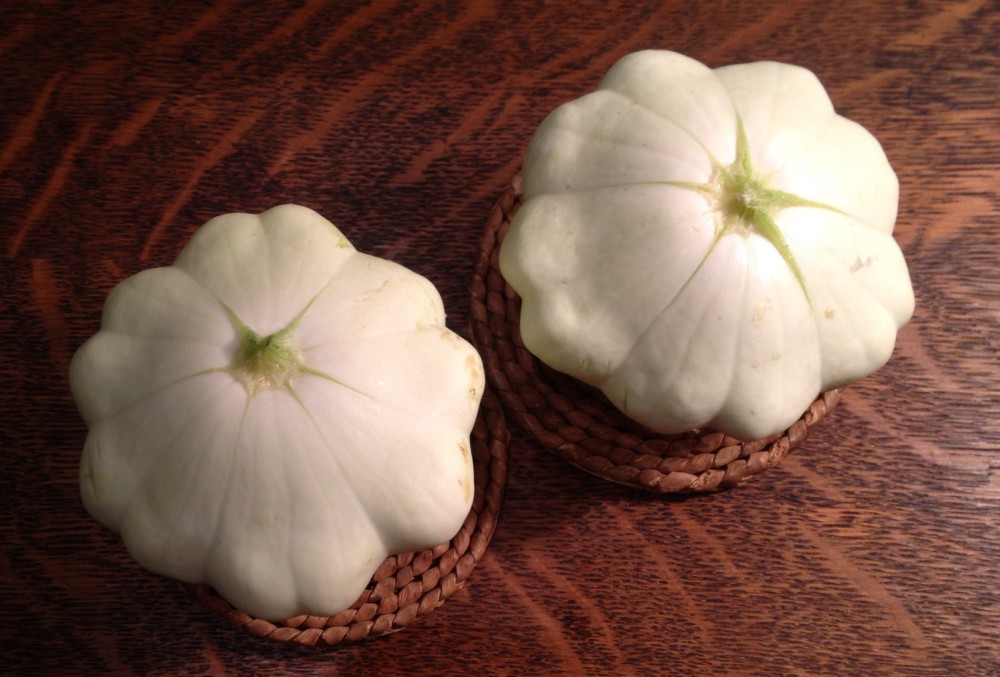In Japanese, “Hiroshima” means “Wide Island” or “Big Island.”
In 1589, the Warlord Mori Terumoto built Hiroshima Castle on a big island in a river delta extending into the Seto Inland Sea. Mori Terumoto was a powerful and respected man controlling 1.2 million koku. A koku is enough rice to feed one person for one year. This means Mr. Terumoto’s land holdings could feed 1.2 million people. That allowed Warlord Terumoto to mobilize 120,000 soldiers. Although Landowner Terumoto was a good manager, he was not as successful as a general. General Terumoto was on the losing side in the Battle of Sekigahara, and in 1619 the castle and the City of Hiroshima that had grown around it passed to the control of another warload.
That is how the City of Hiroshima began, and since its beginnings the city has grown and prospered.
Today, Hiroshima is a large and vibrant metropolis. In the year 2000, the metropolitan area claimed more than 2 million residents. Hiroshima is a busy port shipping out many cars from its biggest industry, Mazda Motor Corporation. The City is also known for its favorite dish called okonomiyaki which is a hot layering (no mixing allowed) of egg, cabbage, bean sprouts, meats and seafoods (the ones you choose), cheese, noodles, another egg and a generous dollop of the local sauce to top it off. Hmmmm, that sounds very scrumptious to me. The local baseball team is the Hiroshima Toyo Carp, and they have been champions of the Central League six times and won the Japanese Series three times. The city has always been a center of education and ideas, and Hiroshima University continues that rich legacy today and into the future.
There have been hard times and there have been sad events, very sad events.
At 8:15 AM on August 6, 1945, an American B-29 bomber dropped the first atomic bomb to be used against a city. The bomb exploded over Hiroshima. Much of the city was destroyed and many died that day. World War II ended about 10 days later.
The official flower of the City of Hiroshima is the oleander. It was the first to bloom after the explosion.
This weekend the story “Hiroshima” will be on the home page. It is the story of a new life that began that fateful day in 1945. The city itself is the story of the new life that continues there today.
Grandpa Jim
